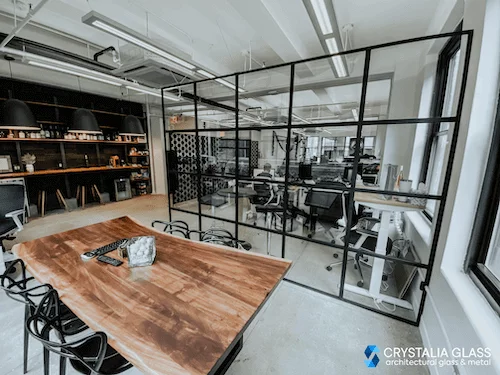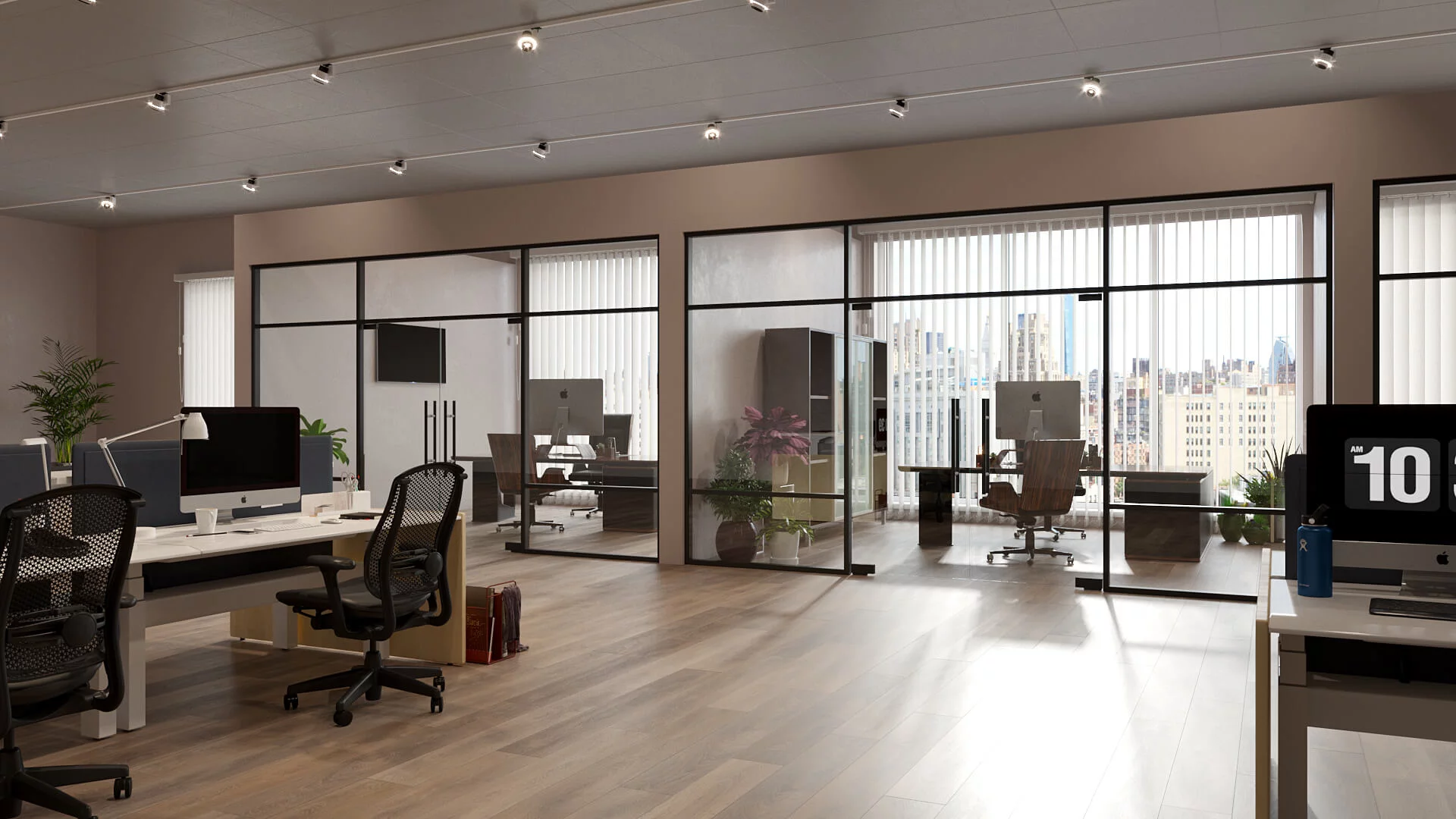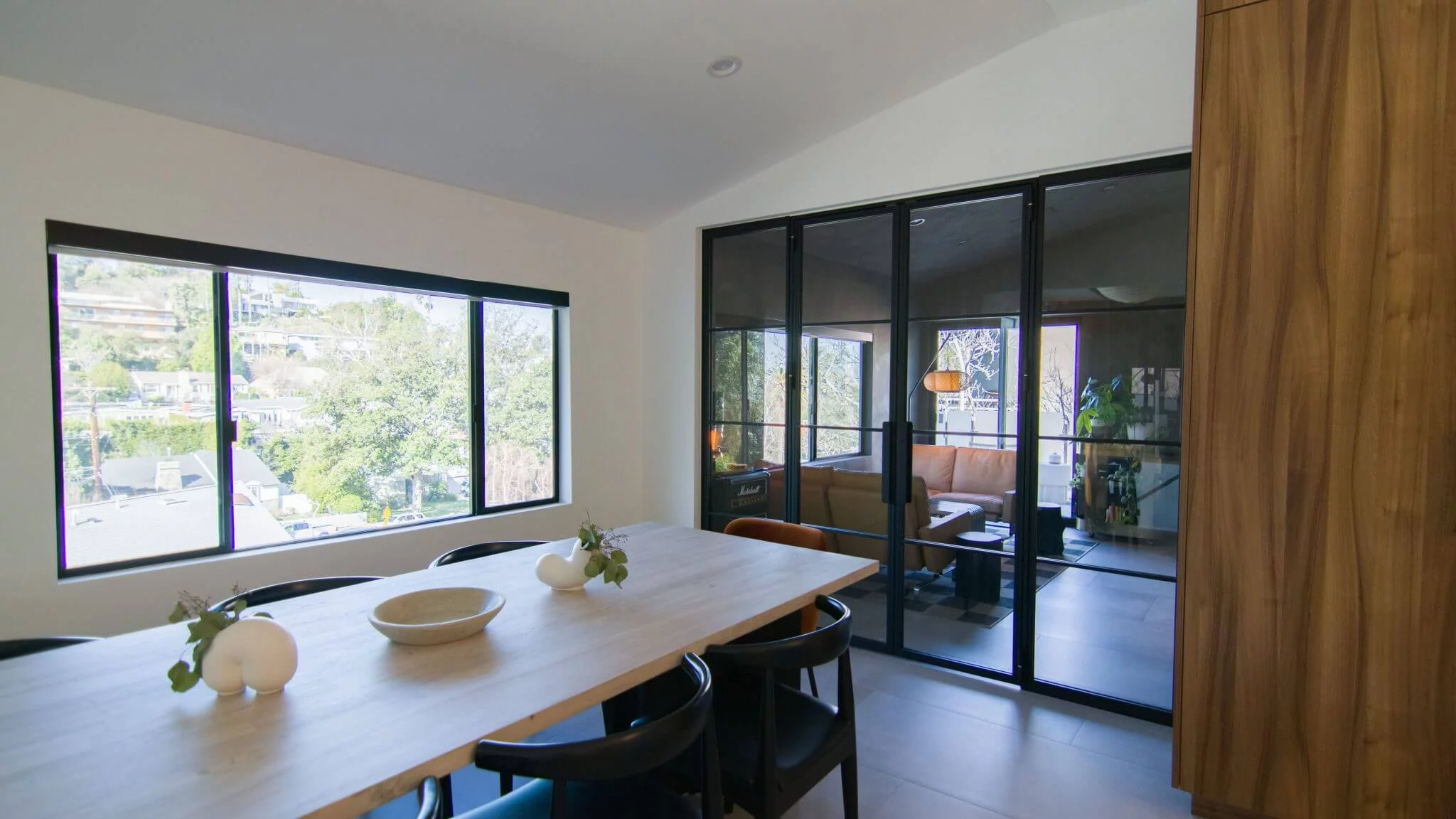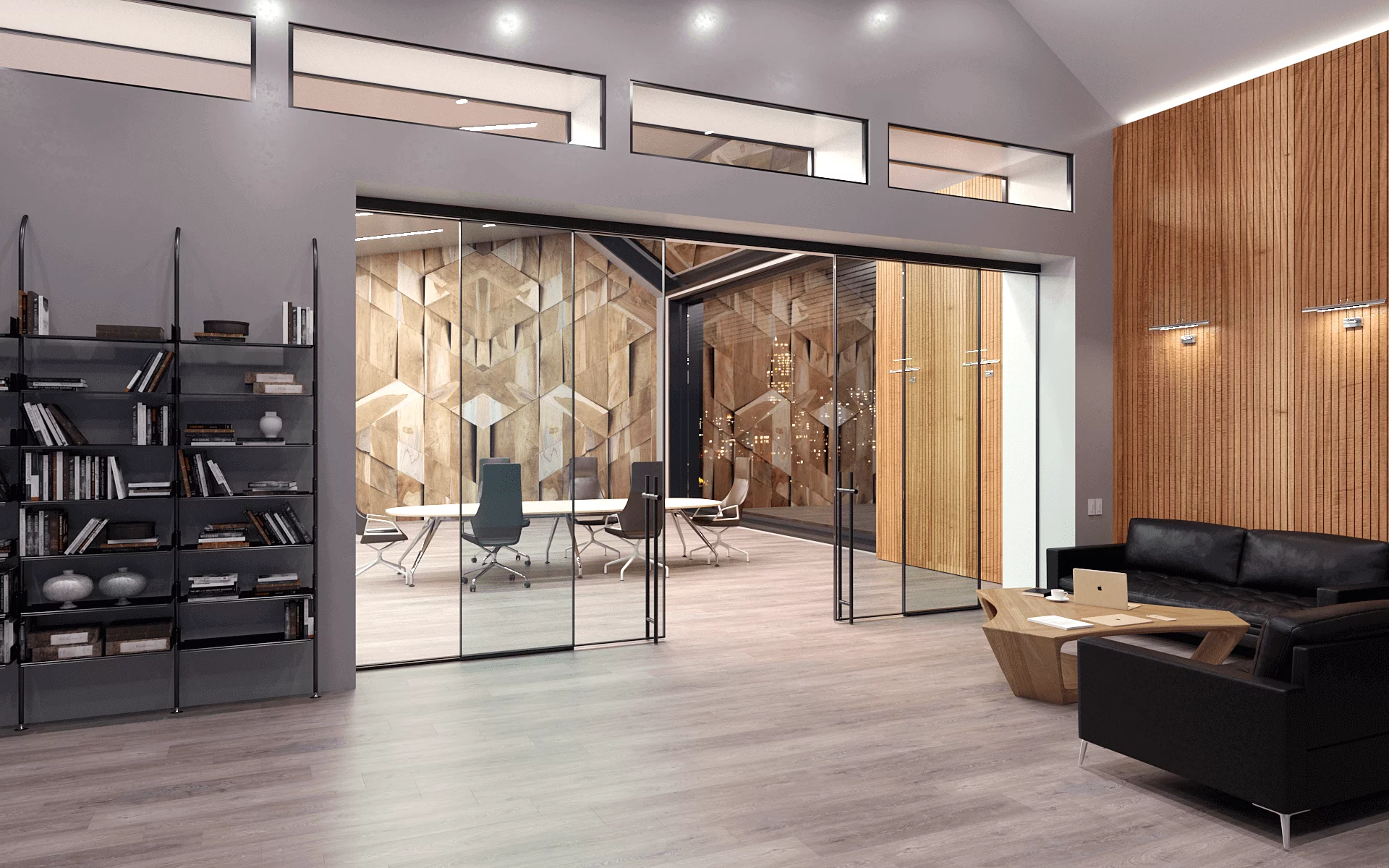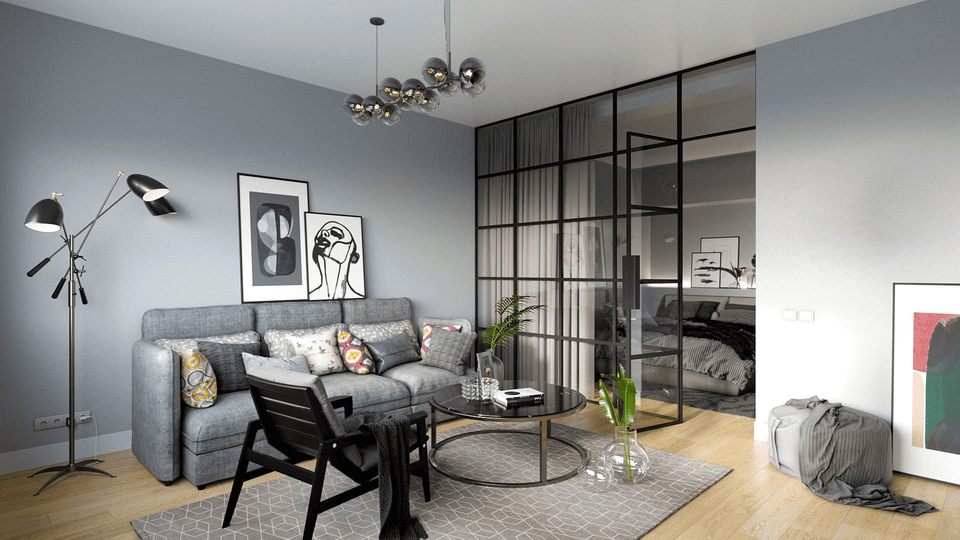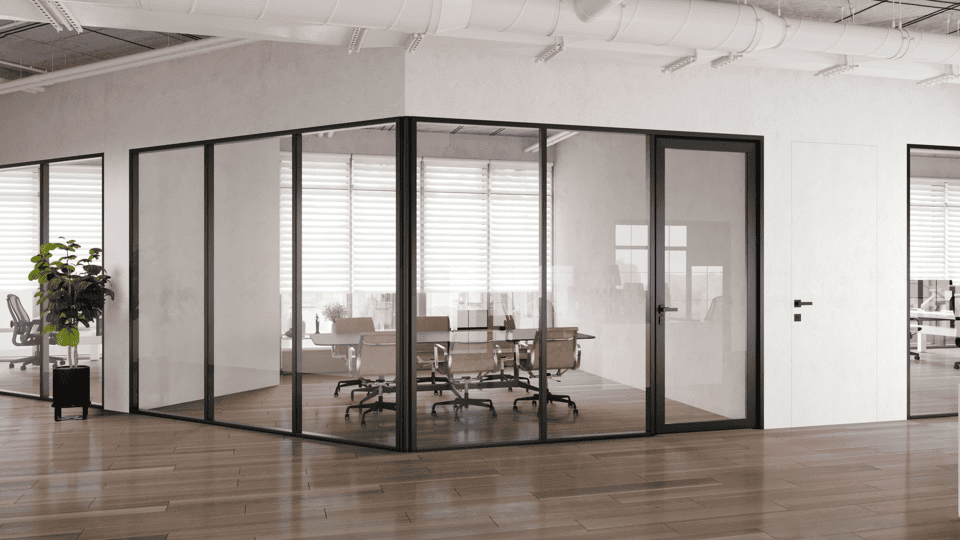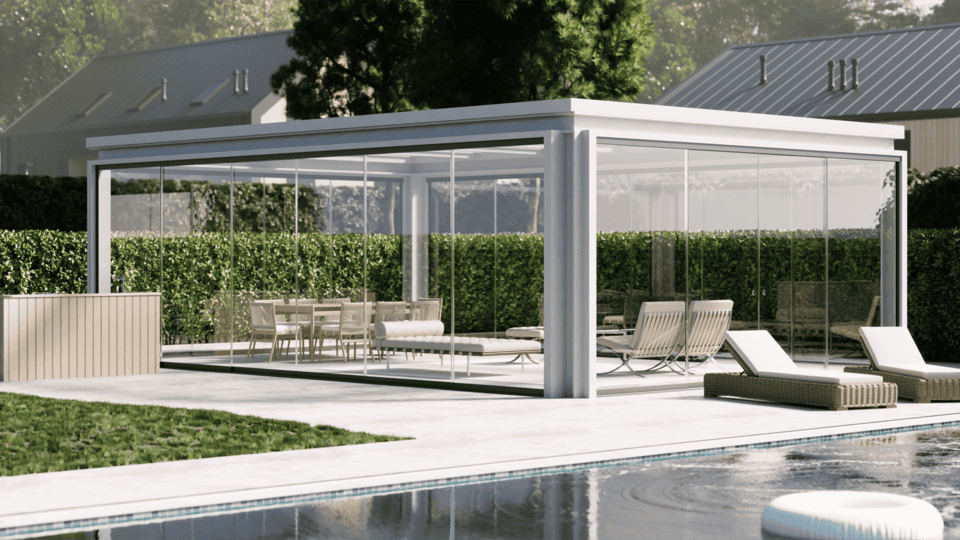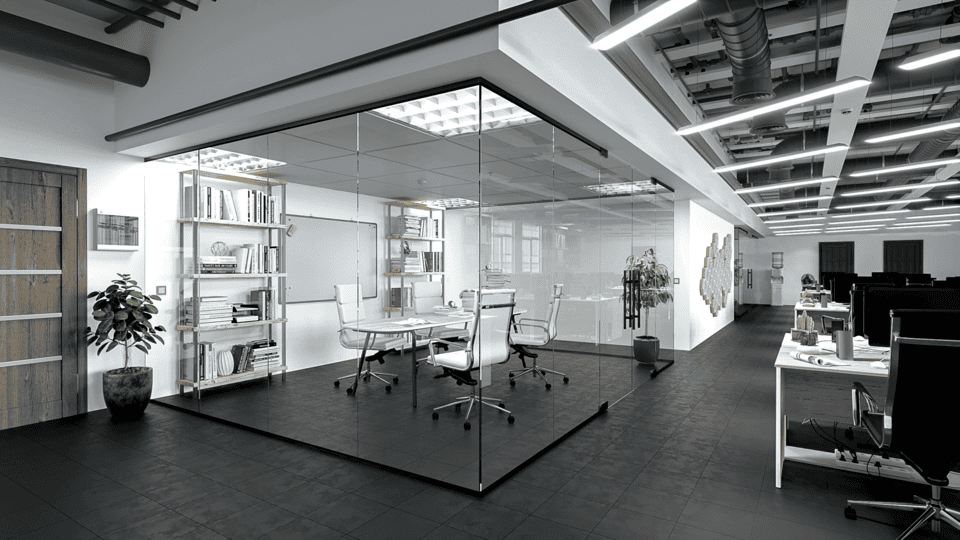Some workspaces feel closed off, with heavy partitions limiting visibility and access to daylight. In such environments, productivity and comfort often decline. This has led many designers and property owners to consider interior glazing as a way to open up space and improve overall flow.
Glass partition walls are now a familiar feature in offices and homes. Their role goes beyond appearance. Clear surfaces offer brightness without reducing separation, and different configurations support both visual and acoustic goals.
Interior glazing has become a staple in modern construction. It provides clarity where needed and supports design choices that prioritize openness. Selecting the right type depends on the context. Some rooms benefit from curved panels, others require privacy solutions like frosted glass. Smart glazing may be preferred where light control is a concern. Frameless options give a cleaner finish in areas where framing might be distracting.
The variety of glass wall systems available can feel overwhelming. Each version serves a different function. Understanding how each option behaves within a space helps guide decisions before installation begins.
The Core of Glass Partition Systems
Glass partitions represent a fundamental shift from traditional solid partitions toward transparent or translucent panels that divide spaces without hindering natural light flow. These construction systems serve as sophisticated alternatives to conventional walls when maintaining visual connectivity and spatial openness becomes paramount. A well-designed interior glazed wall offers functionality, budget-conscious efficiency, and design grace in corporate offices or domestic interiors while creating environments that feel larger and more connected.
Modern glass partitions serve multiple purposes beyond simple space division. They act as design elements that enhance spatial flow, provide acoustic separation when needed, and allow for flexible reconfiguration as space requirements evolve. The versatility of interior glazed walls enables architects and designers to create dynamic environments that adapt throughout the day, supporting both collaborative and private work modes. This adaptability makes glass partition systems an investment in future-proofing your space rather than simply installing a static barrier.
Major Benefits of Glass Partition Solutions
Choosing the right glass partition system means harnessing its unique ability to control light, sound, and space without sacrificing openness. These key benefits illustrate why glazing wall styles have become essential in modern interiors:
- Enhanced Natural Light Distribution: Glass partitions maximize daylight penetration throughout spaces, reducing dependence on artificial lighting
- Flexible Acoustic Management: Various glazing wall styles offer different levels of sound control without eliminating visual connection
- Contemporary Aesthetic Appeal: Interior glazed walls provide modern appearances that complement diverse interior design schemes
- Adaptable Space Configuration: Systems allow for quick reconfiguration as functional needs change
- Property Value Enhancement: Well-designed glass partitions create desirable open-plan feelings that appeal to modern occupants
- Long-term Cost Efficiency: Glass partitions offer more economical solutions than traditional wall reconstruction during renovations
Glass Partition Wall Styles for Interior Applications
Understanding structural approaches to glass partitions helps ensure optimal performance matching your specific requirements. Each glazing wall style offers distinct characteristics depending on acoustic needs, thermal considerations, and aesthetic preferences.
Single Glazed Systems
Single glazed systems provide the most straightforward approach to transparent space division. These systems maximize light transmission while offering basic acoustic separation suitable for open office environments or residential applications where sound isolation isn't critical. Single glazed partitions represent the most cost-effective entry into glass partition solutions, making them popular for budget-conscious projects that still require the visual benefits of transparency. Installation is typically faster and less complex than multi-pane alternatives.
Double Glazed Configurations
Double glazed interior walls incorporate insulating air gaps that significantly enhance acoustic performance compared to single-pane alternatives. The dual-pane construction creates superior sound barriers while maintaining visual transparency, making these systems ideal for conference rooms, executive offices, or residential spaces requiring privacy. Double glazed systems also provide opportunities for specialized treatments between glass layers, including decorative films, smart glass technology, or additional acoustic dampening materials that enhance functionality without compromising the clean appearance of interior glazing.
Specialized Glass Types for Interior Applications
LCD Privacy Glass Technology
LCD privacy glass represents revolutionary advancement in glass partition control, offering instant opacity changes through electrical activation. This smart glazing technology transforms from transparent to opaque within seconds, providing on-demand privacy perfect for conference rooms, medical consultation areas, or executive spaces. The technology integrates seamlessly with building automation systems, allowing for programmed privacy schedules or sensor-activated responses. LCD privacy glass eliminates the need for traditional blinds or curtains while maintaining the sleek appearance of interior glazed walls.
Tempered Safety Glazing
Tempered glass serves as the safety standard for glass partition applications, particularly in high-traffic commercial environments or floor-to-ceiling installations. This heat-treated glass provides four times the strength of standard glass while breaking into small, relatively harmless fragments if damaged. Tempered glazing meets building safety codes for most commercial applications and offers peace of mind in residential settings with children or active environments.
Low Iron Glazing
Low iron glazing eliminates the subtle green tint present in standard glass, delivering crystal-clear transparency essential for high-end glass partition projects where color accuracy matters. This premium option works particularly well in retail environments, galleries, or luxury residential applications where visual clarity cannot be compromised.
Laminated Glazing
Laminated glazing incorporates plastic interlayers that hold glass fragments together if breakage occurs, providing enhanced security and acoustic benefits. The lamination process allows for decorative interlayers, creating unique glazing wall styles while maintaining safety standards. Laminated glass offers superior sound dampening compared to standard glass, making it valuable in noisy environments or where enhanced privacy becomes necessary.
Making the Right Choice
Selecting the optimal interior glazing solution requires careful consideration of your specific requirements, budget constraints, and long-term objectives. The decision process should evaluate acoustic needs, privacy requirements, safety considerations, and aesthetic preferences to ensure your interior walls deliver maximum value. Consider these essential factors when choosing glazing wall styles:
- Room function and privacy needs: Conference rooms require different solutions than open collaborative areas
- Traffic patterns: High-traffic areas benefit from tempered or laminated glazing for enhanced safety
- Budget considerations: Single glazed systems offer cost savings while double glazed provides superior performance
- Maintenance requirements: Some interior glazing types require specialized cleaning or maintenance protocols
- Building codes and regulations: Ensure your chosen interior glass walls meet local safety and construction standards
Professional consultation with specialists can assess your space and recommend the most appropriate glazing wall styles based on your unique circumstances. Quality installation ensures that your interior glazing system performs optimally and maintains its beauty and functionality for years to come.

